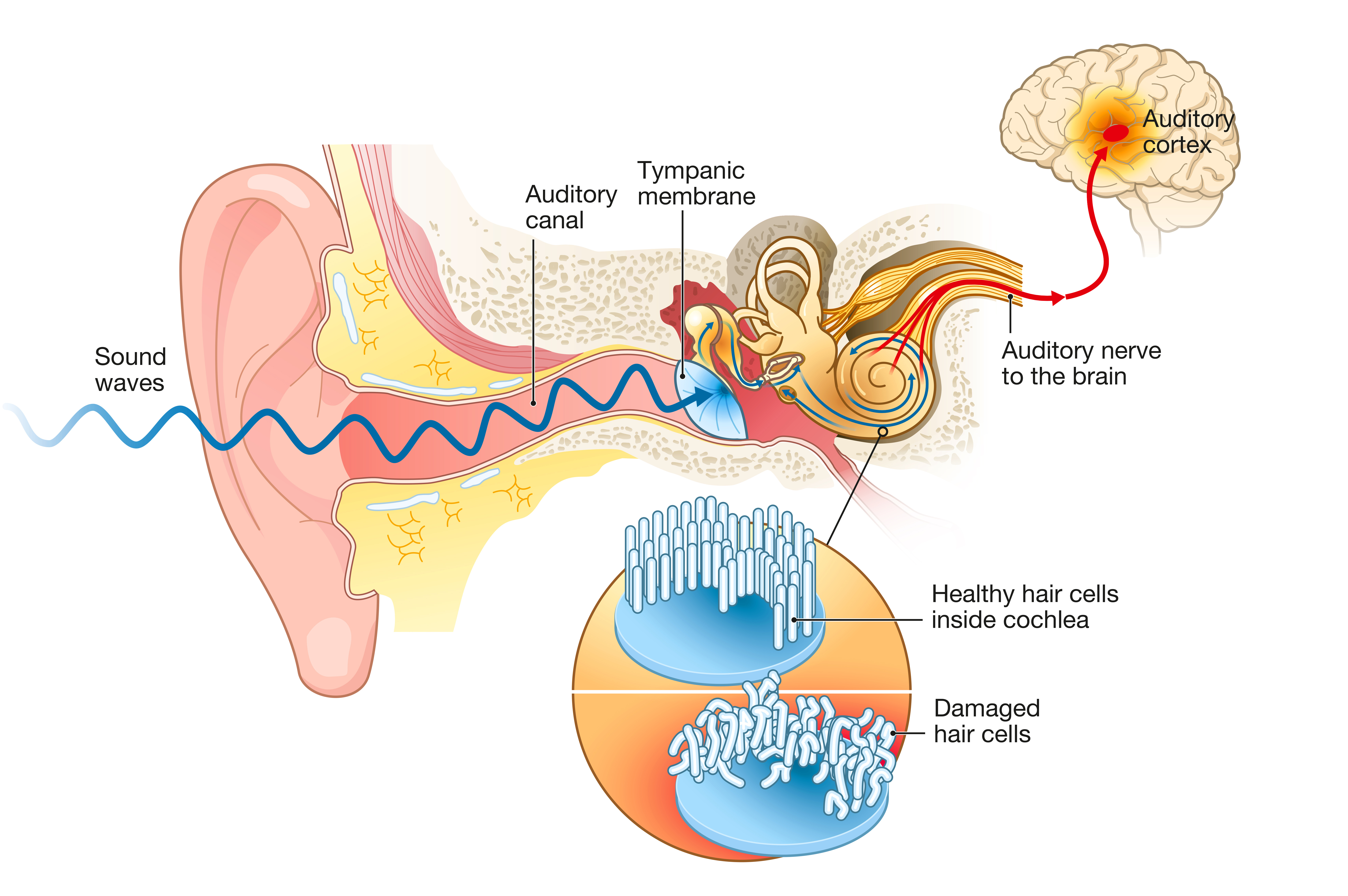
4 minute read
Noise is the new smoking
by Sue Burgin
Dr Lisa Seerup Is on a mission to make what she calls a hidden handicap, visible.
It’s a handicap most of us don’t even know we have, hearing loss.
Dr Seerup who’s been President of Hearing New Zealand for the past three years but comes from an extensive background in hearing health internationally, says it’s a field New Zealand doesn’t do well in.
Right now, 880,000 Kiwis live with hearing loss and that figure is likely to double over the next 30 years.
Lisa says the worst thing is that 50% of that hearing loss is preventable.
Turn down the volume!
“It’s a hazardous substance,” she says,” one of the few things we allow our kids, and society to be exposed to with no ramifications.”
She wants to see hearing protection more readily available and more education about what safe noise levels are.
In New Zealand, industrial-safe noise levels for battlehardened ears are set at a maximum of 85 decibels over eight hours.
For sensitive ears, the safe maximum is set at 70 decibels.
She says hearing protection in kids is completely overlooked, and says she was shocked to see parents with small children at the recent Taylor Swift concert and all-day events like Homegrown.
Testing should start at birth
The doctor’s a fierce advocate for testing at birth. Fifty to sixty percent of babies found to have hearing loss at birth, have genetic conditions that can be treated, according to Dr Seerup, but the appropriate tests aren’t covered by government funding so don’t happen.
"It costs around $1,000 for targeted genetic testing and $2,000 to $3,000 for whole genome testing to get done privately and not everyone can afford that,” she says.
Children are offered free testing for hearing loss at birth and just before starting school at five years.
“We do a great job of testing babies, an adequate before-school test, and then we don’t test again.”
Hearing loss poorly understood
There’s a clear connection between mental health, anxiety, and hearing loss.
“The purpose of hearing is to keep us safe from predators. Without hearing the body is in a permanently heightened state of danger. It’s a double-edged sword when the treatment for such conditions is mostly communication based. It’s often hard to get the help you need.
Dr Seerup says the link between hearing loss and dementia is also well-known and often a driver for people to get tested.
Seeking help for an expensive problem
Hearing aids and testing are both expensive but most New Zealanders will be able to access the government’s subsidy through WINZ or some other funding option, like ACC, insurance, or Veterans Affairs grants.
Pre-schoolers and children at school, or up to 21 years of age if they are in full-time education, can get funding for hearing aids through the public health system. They’re fitted through the public hospital system. Some private audiology clinics also fit them, but you may need to pay for this service.

And those in the Marram community can request reimbursement for the cost of hearing aids of up to $400 maximum per person per calendar year.
Hearing tests are processed under the Alternative therapist benefit with reimbursement of $20 per visit with a limit of $300 per family per calendar year.
Distrust around Hearing Aids
“The hardware is all the same whether you buy the cheapest or most expensive hearing aids, the only difference is the number of Apps they come with,” Dr Seerup says.
She says a lot of people worry about whether they can trust a diagnosis from a company they suspect might just be trying to sell them hearing aids.
“Ninety percent of the messaging we get about hearing loss comes from multi-national corporations trying to sell hearing aids it’s true, but there are a handful of independents out there who are caring professionals who do a good job of testing.”
Hearing NZ for instance, has started offering over-thecounter hearing aids produced by a major hearing aid manufacturer for less than $1,000 a pair.
They come with a support network and assistance with fitting, repairs, and a three-year warranty.
“We don’t know what we don’t know”
With the alarm bells over hearing loss in this country ringing the doctor’s message is to get tested and go for help if it’s needed.
According to ACC, just 5% hearing loss will impact your ability to communicate and socialize.
This becomes a real problem when statistics tell us it takes around 10 years for most people to seek help for a hearing problem.
Dr Seerup says the problem is we don’t know what we don’t know and that’s why educating and informing people about hearing loss is important.









